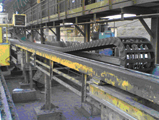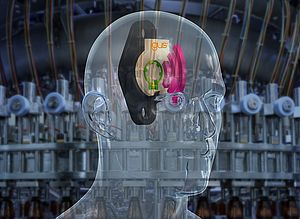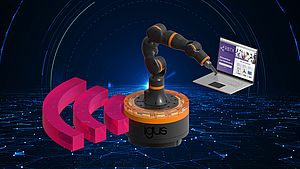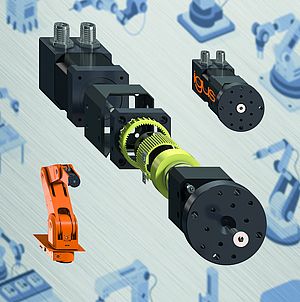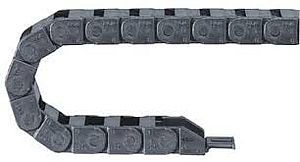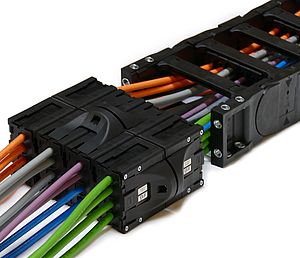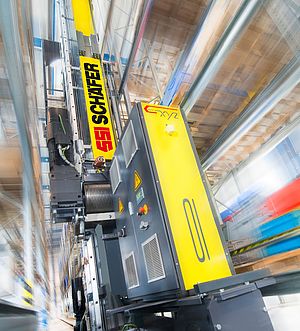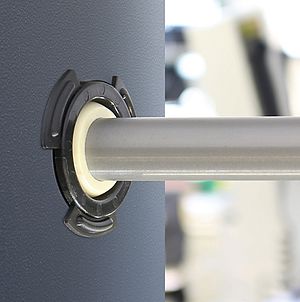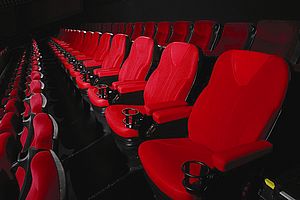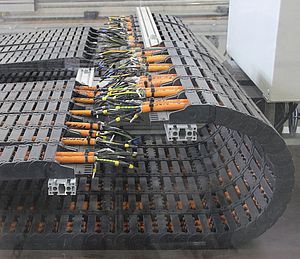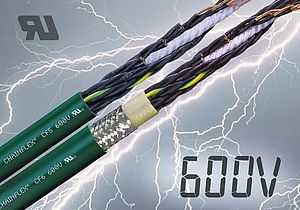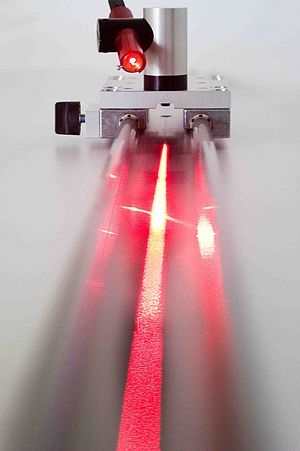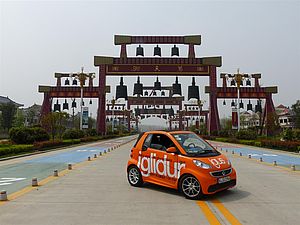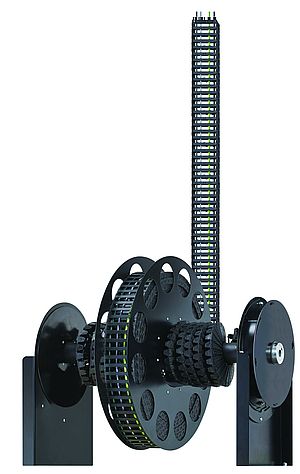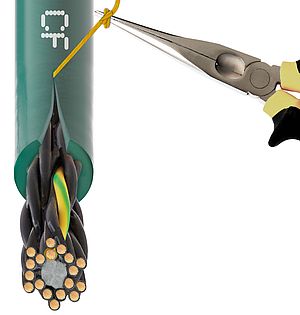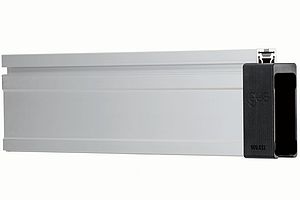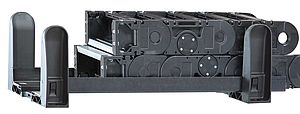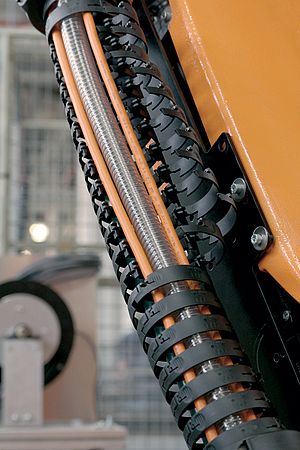Energy chain systems not only transport energy, data and media to machines and systems. They also influence their energy costs. How much pull-push force, or driving force, is required at a given speed to move an energy chain? How light or stable do energy chains have to be for minimum energy to be consumed? Modern plastic energy chains and ''Chainflex'' cables from igus, Cologne, help to design and operate machines that are efficient in terms of energy and cost. Energy consumption can be drastically reduced by using the right materials and a sophisticated design, as current tests and sample calculations at the igus energy chain and cable laboratory now show. Example: long distance, high load weights. If a roller energy chain is used in place of a sliding application, friction loss is reduced. Tests show that with the same basic data (filling, chain length, speed and acceleration), the friction factor was able to be reduced from 0.3 to under 0.1. Result: Thanks to the user of the roller energy chain, the drive power was reduced by 37 percent compared to the sliding application.
Modern plastic instead of steel
Such roller energy chains for long distances developed by igus have been in use globally for more than ten years' now. One example is a 550 m chain in a taconite mine in Minnesota (USA), another is the longest plastic energy chain in the world so far, a 615 m in the Czech lignite-fired power plant Tusimice. Metal chains are being replaced more and more now by lighter and lubricant-free plastic energy chains even in the toughest of working conditions. The latest example was in a steelworks in Isfahan (Iran), where dust, lubricants and oils impaired the functional ability of the heavy metal chain that had to be pulled by the machine. Cables were damaged by sharp chain edges and permanent sun radiation.
Smaller dimensions, more powerful and lighter
Alongside the reduction of the friction coefficient illustrated by roller energy chains, there are further factors which favour efficient energy management. Dimensioning and weight, for example. Comparative tests in the igus Technical Centre have proved that 17 percentdrive power can be saved with smaller-dimensioned energy chains which are just as load-resistant as larger chains thanks to their especially stable design. A powerful energy chain from the ''E4'' range was chosen. This is a comprehensive, modular system that can be used to realise almost all applications from ''side mounted'' to distances over 200 m. The new energy chain generation ''E 4.1'', which has been available since last year, offers a wealth of application possibilities, since design features from two different energy chains have been united in a universal solution, and combined with new ones.
Cables: Sheathing and insulating materials
''Chainflex'' cables especially for energy chains can help directly in reducing energy consumption. According to the latest igus tests, the use of high-grade sheathing and insulating materials, depending on the combination of cross-sections and cables used can, ultimately save between 5 and 30 percent at a conservative estimate.
With the result that the drive power requirements can be reduced by 17 percent. Firstly, optimised sheathing mixtures, matched to the energy chain application, can achieve low abrasion resistance. Secondly, high-quality sheathing materials can be extruded with an extremely thin wall, which saves up to 18 percent in weight compared with conventional cables. These are another two beneficial factors that can reduce the driving power required. Insulation materials must also be considered. With high-quality materials, significantly higher currents can be achieved with the same electric cross-sections, or, vice versa, the cross-sections can often be reduced without the electric performance being diminished. This allows weight reductions of up to 30 percent.
Closer consideration reveals that there is basically no difference between energy consumption in machine and plant engineering including all costs for power electronics and the car market. If car drivers can save around 60 percent of fuel costs by using different tyres or fuel, these are technical and cost advantages that have to be seriously considered.


